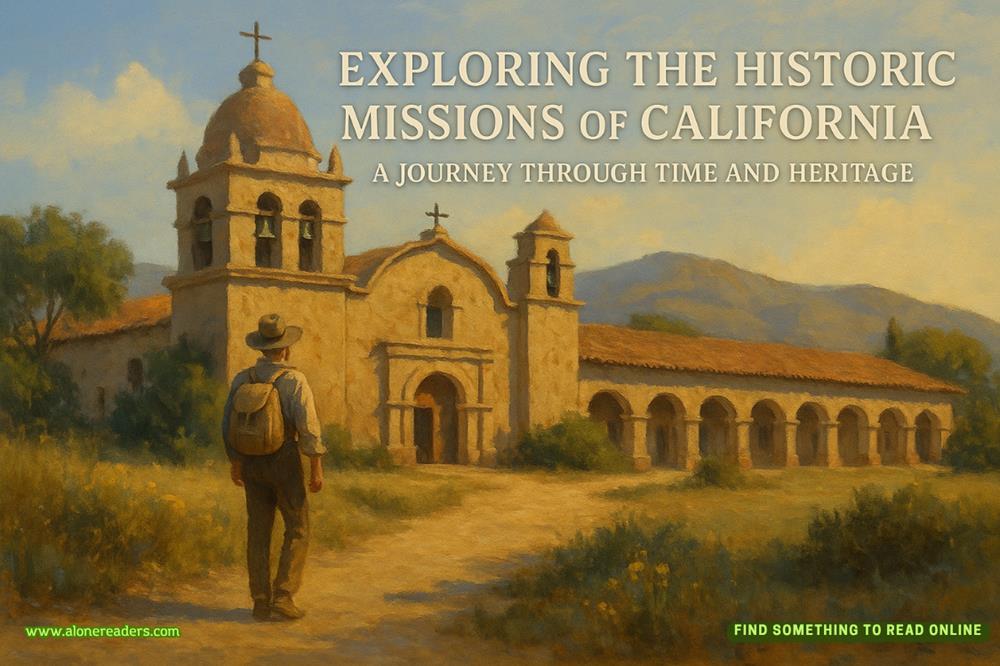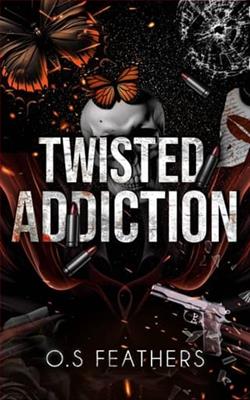Page 105 of The Proving Ground
“I don’t know, Mickey,” Lorna said. “You seem to be putting a lot of trust in Jack. He still has a lot to work out on that before you can get it into court.”
“I trust him to come through,” I said. “Just like I trust both of you.”
It was settled. There was something invigorating and a bit scary about changing the plan of attack mid-trial. It’s never advisable. But my instincts were to make the change, streamline things, and hopefully finish with a knockout punch.
I was now down to three witnesses to make my case.
Dr. Debbie was Deborah Porreca, a child psychiatrist who was recognized as a national expert in the treatment of children addictedto AI companions. It was a growing field of therapy, and she had pioneered it. She often appeared on the news shows as Dr. Debbie. Lorna had found her while searching for lawsuits involving the addiction of adolescents to online games, social media, and artificial intelligence. We brought her in from Odessa, Florida, to testify after she reviewed our case and was outraged by what she saw. She would make the jury understand how Aaron Colton had fallen in love with a digital fantasy.
My closer for the day would be Michael Spindler, professor of neuroscience and robotics at the California Institute of Technology. He was an expert on artificial intelligence and its growing impact on culture. I planned to use him to put everything about my case in perspective.
Spindler’s testimony would now set up my final witness. Nathan Whittaker was a Tidalwaiv coder who had worked on the Clair project from the start. Naomi Kitchens had identified him as a volatile personality whom she clashed with often. He was the coder she had referenced during her testimony.
Earlier, during the Sunday prep session, she told McEvoy that she believed Whittaker had issues with her because she was a woman. While she had no direct supervision over him, she said he often pushed back at her suggestions and memos, and it led to a cold relationship that she believed bordered on misogyny and racism, as Naomi was Black. It was this piece of information that had gotten Jack’s wheels turning when he recently dove back into his work on genetic analytics, thanks to the 23andMe bankruptcy.
We backgrounded Whittaker without ever talking to him. As a witness, he was a land mine. If he got stepped on, he would explode. For that reason, I had chosen not to bring him in for a deposition. I didn’t want him or the Masons to know what we had. It was a riskyway to go, but that was the way I had operated for years in the criminal courts. I was used to working without a net.
An hour later, Dr. Deborah Porreca had sworn to tell the truth and was seated in the court’s witness chair. The jury was in the box and I was at my usual spot at the lectern with a fresh legal pad with questions and notes scrawled across several pages.
“Dr. Porreca, you come to us from Florida, correct?” I asked.
“Yes, Odessa,” Porreca said. “Near Tampa.”
“And is that where you have a practice in psychiatry?”
“Yes.”
“Could you tell the jury what you specialize in?”
“Yes, my practice is exclusively child psychiatry with a specialty in media addiction therapy.”
“What is media addiction?”
“It covers a lot. Addiction to social media, addiction to online games, addiction to AI companions. Basically, it is digital addiction.”
“Okay, let’s back up for a second and talk about your résumé. Where did you go to school, Dr. Porreca?”
“I’m originally from a small town in Pennsylvania. I attended West Chester State College, as it was called back then. I was there as an undergraduate. I went to medical school at the University of South Florida, did a psychiatry residency at Tampa General Hospital, then did a fellowship in child and adolescent psychiatry. I opened my private practice in Tampa twenty-eight years ago.”
“And when did you begin your specialty of adolescent media addiction?”
“About fifteen years ago.”
“What caused you to go down that path?”
“I was getting increasing numbers of patients referred to me for addiction to social media.”
“What does that mean, ‘addiction to social media’?”
“Well, when you spend more hours in a day on your phone and computer than you do in school or sleeping at night, it’s an addiction. When your self-image and self-esteem are inextricably linked to your digital existence, you are looking at an addiction.”
“And are teenagers more vulnerable than adults to this sort of addiction?”
Mitchell Mason stood to object.
“Relevancy, Your Honor?” he asked. “This case is not about addiction to TikTok or whatever Mr. Haller is talking about.”
“Mr. Haller, your response?” Ruhlin asked.















